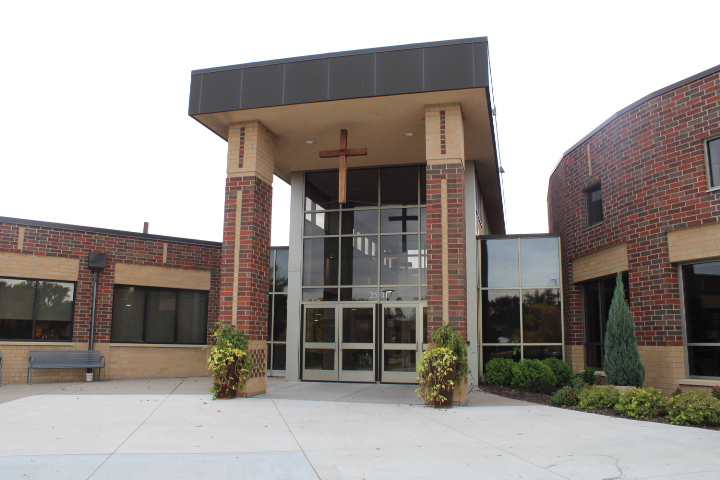BSM adapts its Covid-19 policies in response to a changing environment
Like many other schools, BSM has to navigate a constantly changing covid reality.
As BSM adjusts to a new school year, a new block schedule, and all students finally returning to the building, students and teachers will need to get used to BSM’s new COVID-19 policy as well.
This year, BSM’s administration has three principles that will guide the school’s policies on COVID-19. “One is we’re trying to create the best experience for our students, as close to normal as possible; two, we’re trying to look at our own school data to make decisions, and three, we’ve got to remain flexible … nobody has a crystal ball. It’s a really challenging environment, so flexibility is a critical piece of that,” School President Dr. Adam Ehrmantraut said.
As the school moves into the coming year, the administration is attempting to create a learning environment that is as near-normal as can be during the COVID-19 pandemic. “You think about the various elements of a student educational experience and I think about confidence in moving forward with life, in somewhat of a normal way. I think that’s really important to adolescents as they grow. The value of human connection [is something] which you want to promote in a school setting. [There are] elements of communication you want to promote in a school setting,” Ehrmantraut said.
To inform the direction of BSM’s mask and COVID-19 policy, the administration worked with several other schools to track cases and spread in these first four weeks of school. “We had four weeks of data where we had a lot of bodies in schools, and we looked at schools that were like us, and primarily the Catholic secondary schools … And we all essentially shared what was going on so we could see if any trends that we need to be aware of, how things are shaking out,” Ehrmantraut said.
The schools BSM collaborated with to share data all had different policies and directions for COVID-19. “Of the schools that we worked with, they all have different approaches to COVID management. And some are distancing, some are not. Some are contact tracing, some are not. Half of them are using masks, half are not,” Ehrmantraut said.
After looking through the data gathered with other schools, BSM decided to drop the mask-wearing requirement and instead strongly recommends it. “So we got to see all this play out – what’s happened over that first month is essentially we’ve got two really important themes: one, COVID prevalence is super low, regardless of people’s approach, and nonexistent transmission in schools. That’s what we want; that’s best case scenario for us. If we really want to get as close to normal for our students, this is the time to try,” Ehrmantraut said.
Parental pressure didn’t play any role in BSM halting its mask mandate, and the school selects its own policy regardless of outside opinions. “For 16 months there’s pressure about a million different topics related to schools, and schools are deeply divided places that absolutely mirror what’s going on socially. And [mask-wearing] is just one example of that; there are many, many more. [Parental pressure] played zero role. None, whatsoever,” Ehrmantraut said.
BSM is in a stronger position this year with regards to contact tracing, and students will no longer need to leave school when exposed to COVID. “It’s actually easier than last year, because the requirements related to contact tracing are different. So for example, a vaccinated student who becomes a close contact still remains in school; they just have to wear a mask. Actually the circumstances are more favorable than last year for contact tracing because of what we’re learning,” Ehrmantraut said.
Despite the direction BSM has taken with regards to COVID and masking policy, Ehrmantraut has a few things that worry him. “There’s three things I always worry about: one is just this general increase in cases–you just think about that over time. The other thing is how transmissible things are in a school environment. The other thing I think about are different governmental mandates,” Ehrmantraut said.




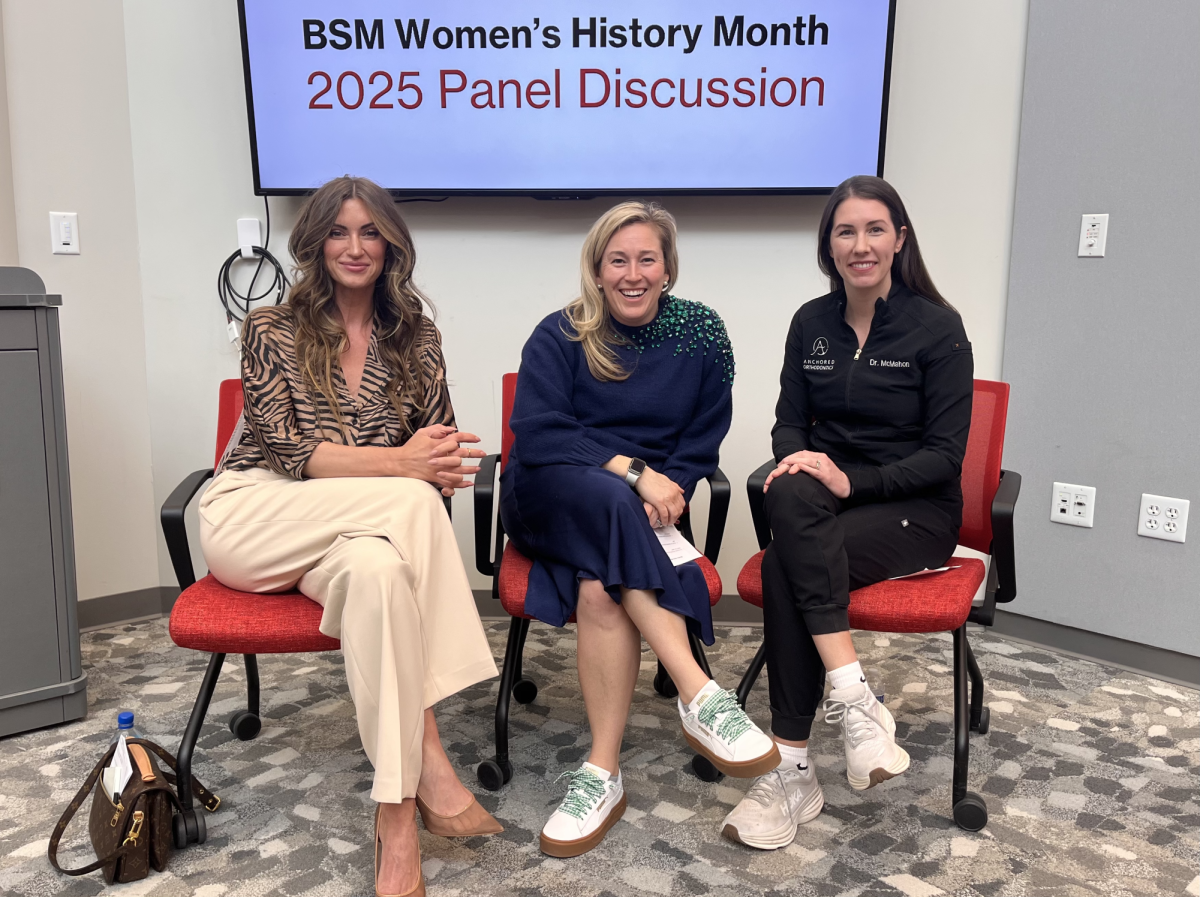
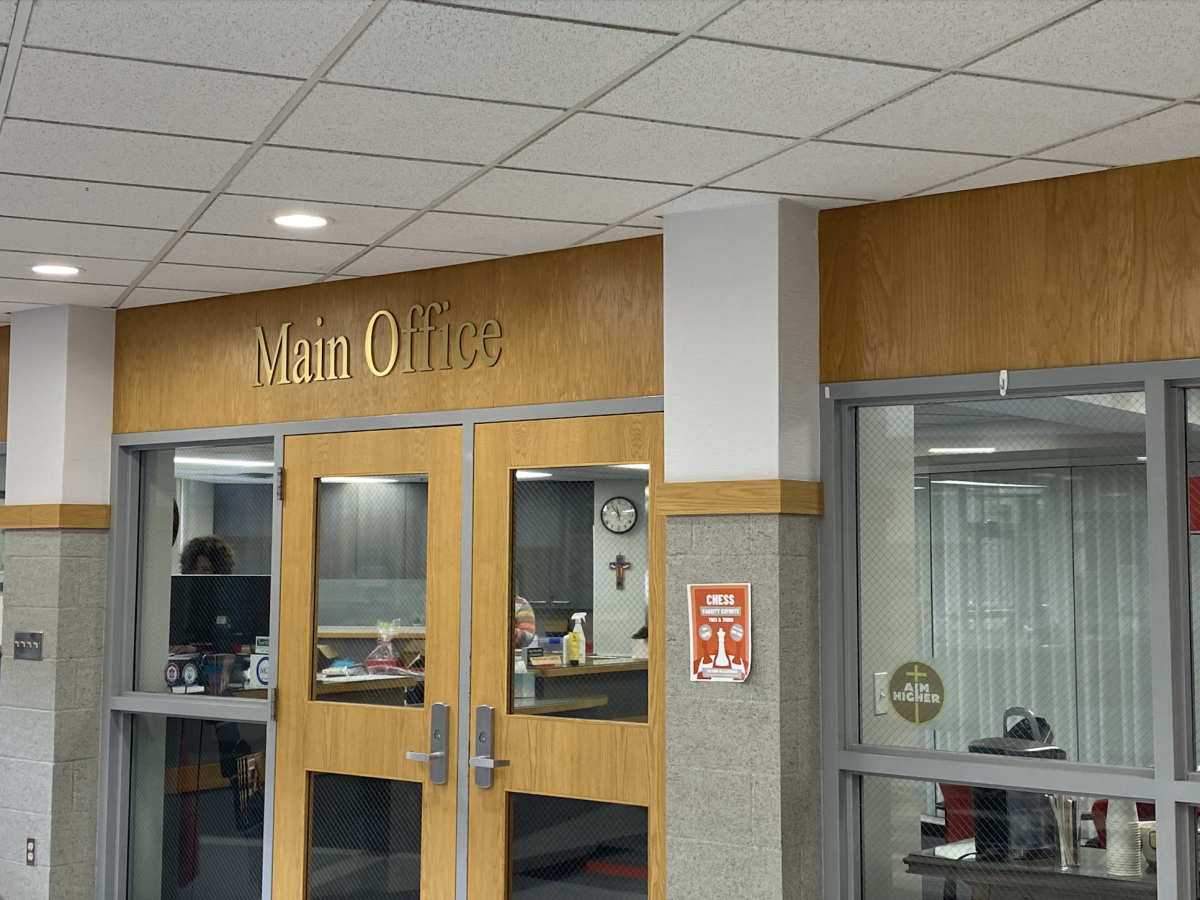

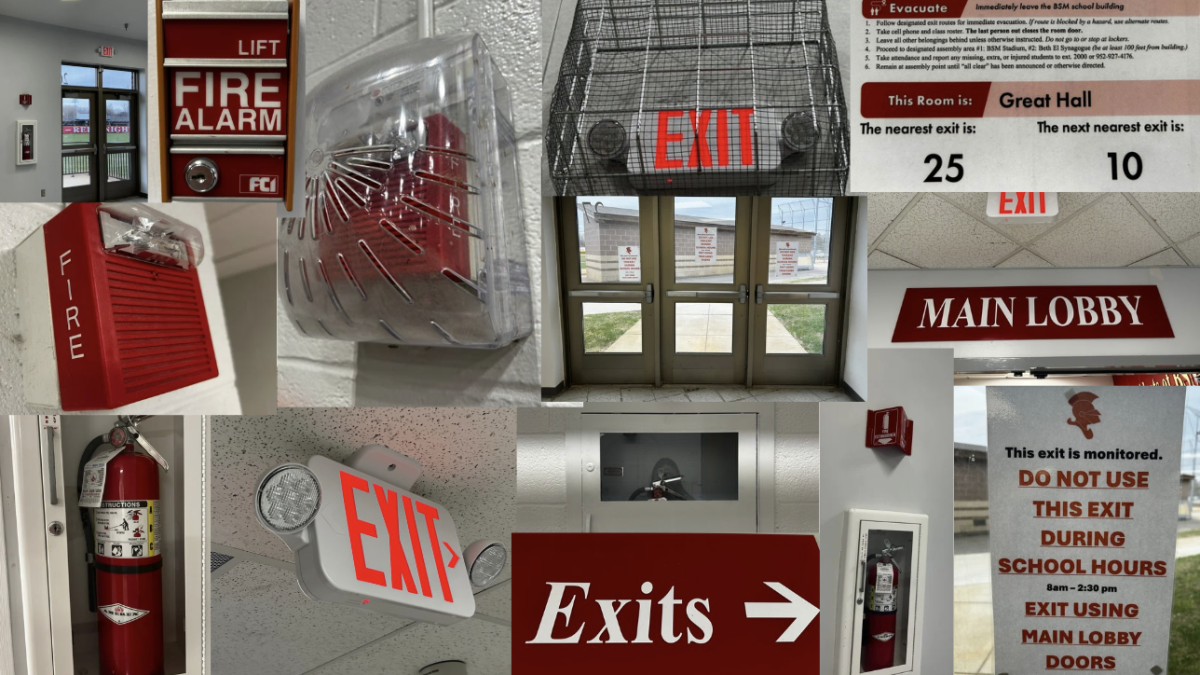

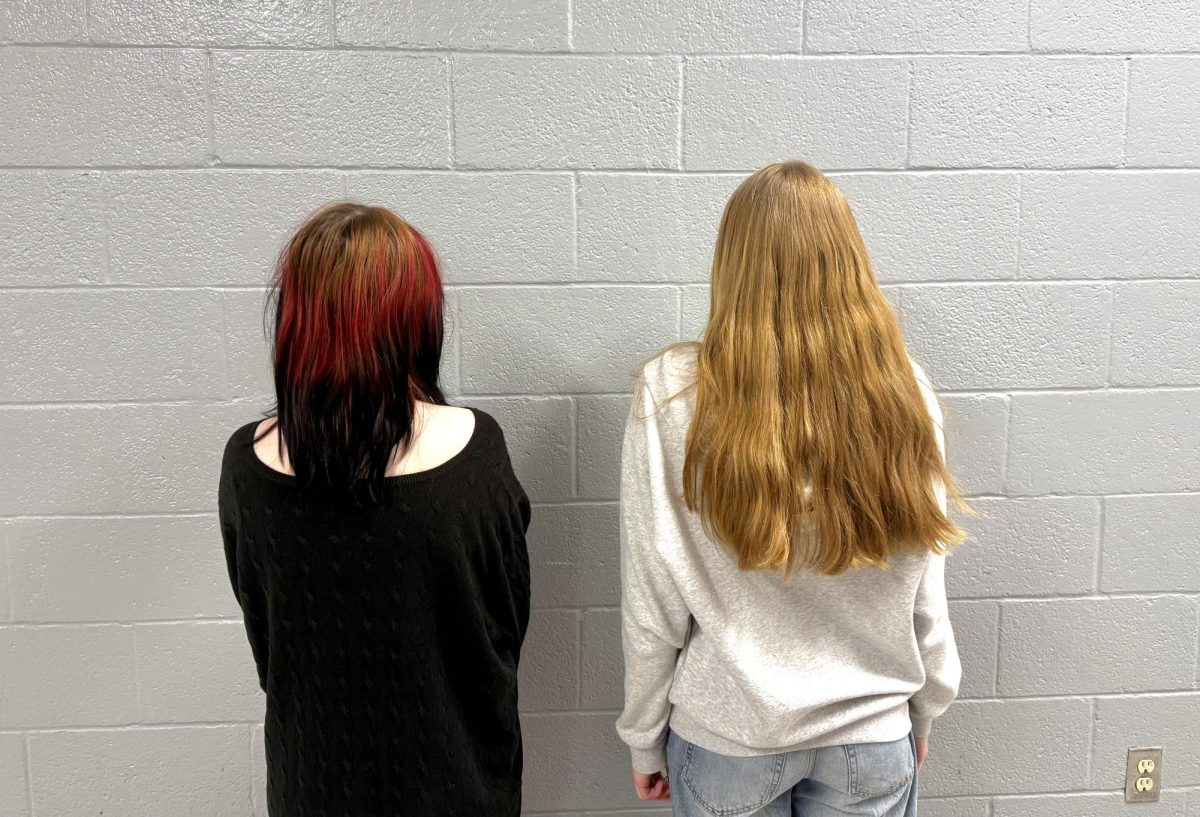
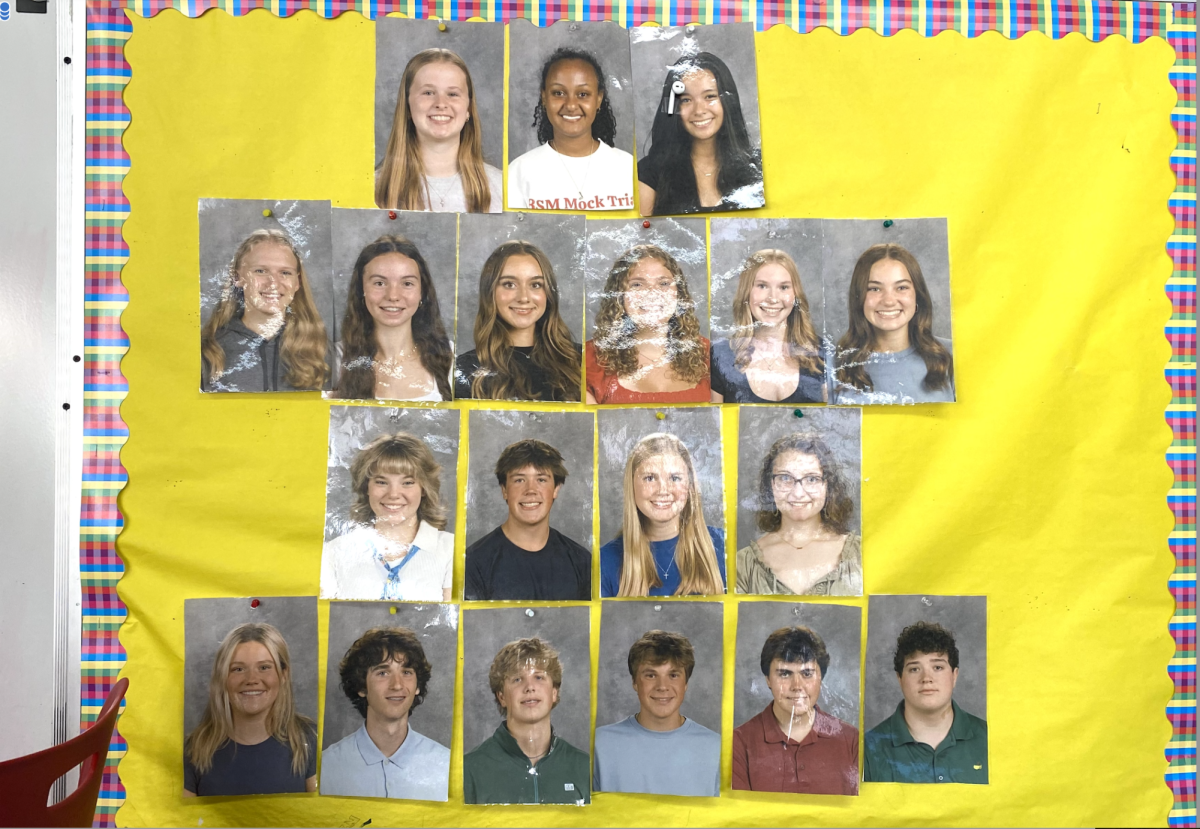














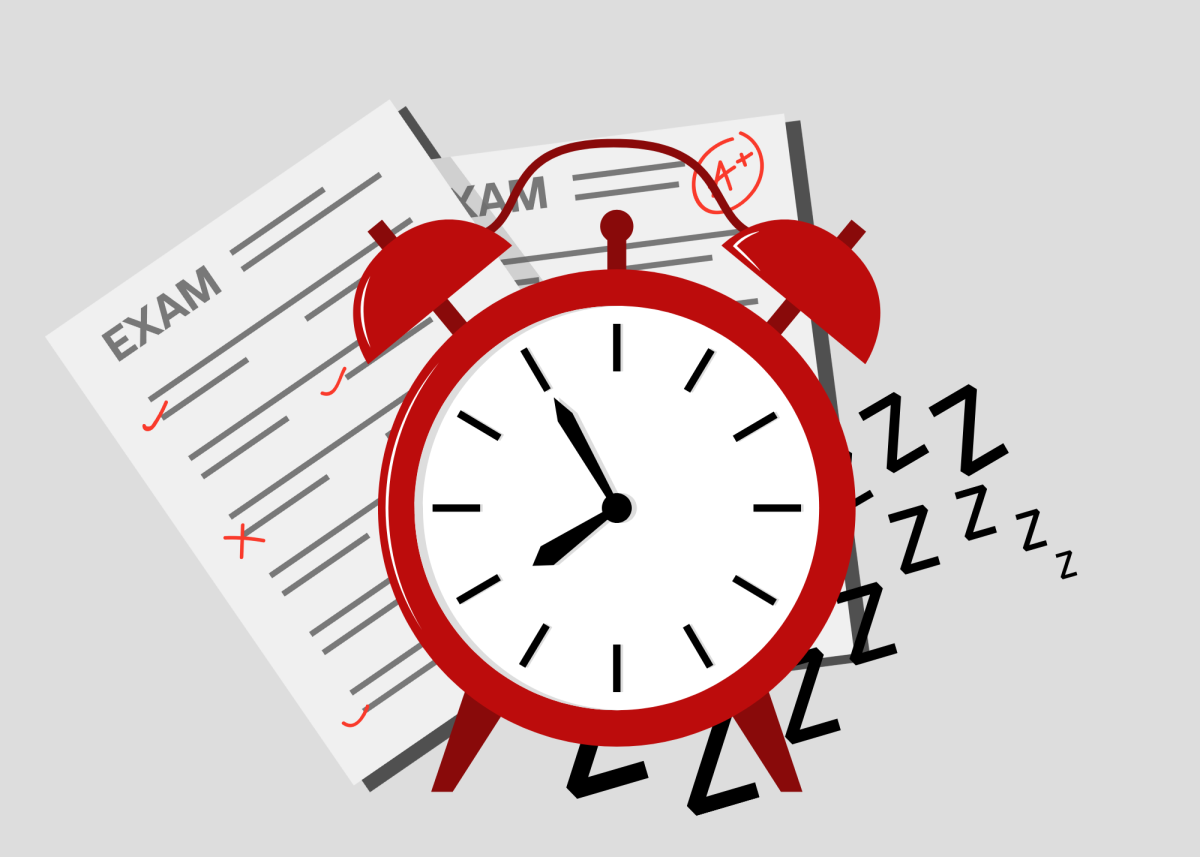










![Teacher Lore: Mr. Hillman [Podcast]](https://bsmknighterrant.org/wp-content/uploads/2025/03/teacherlorelogo-1200x685.png)




